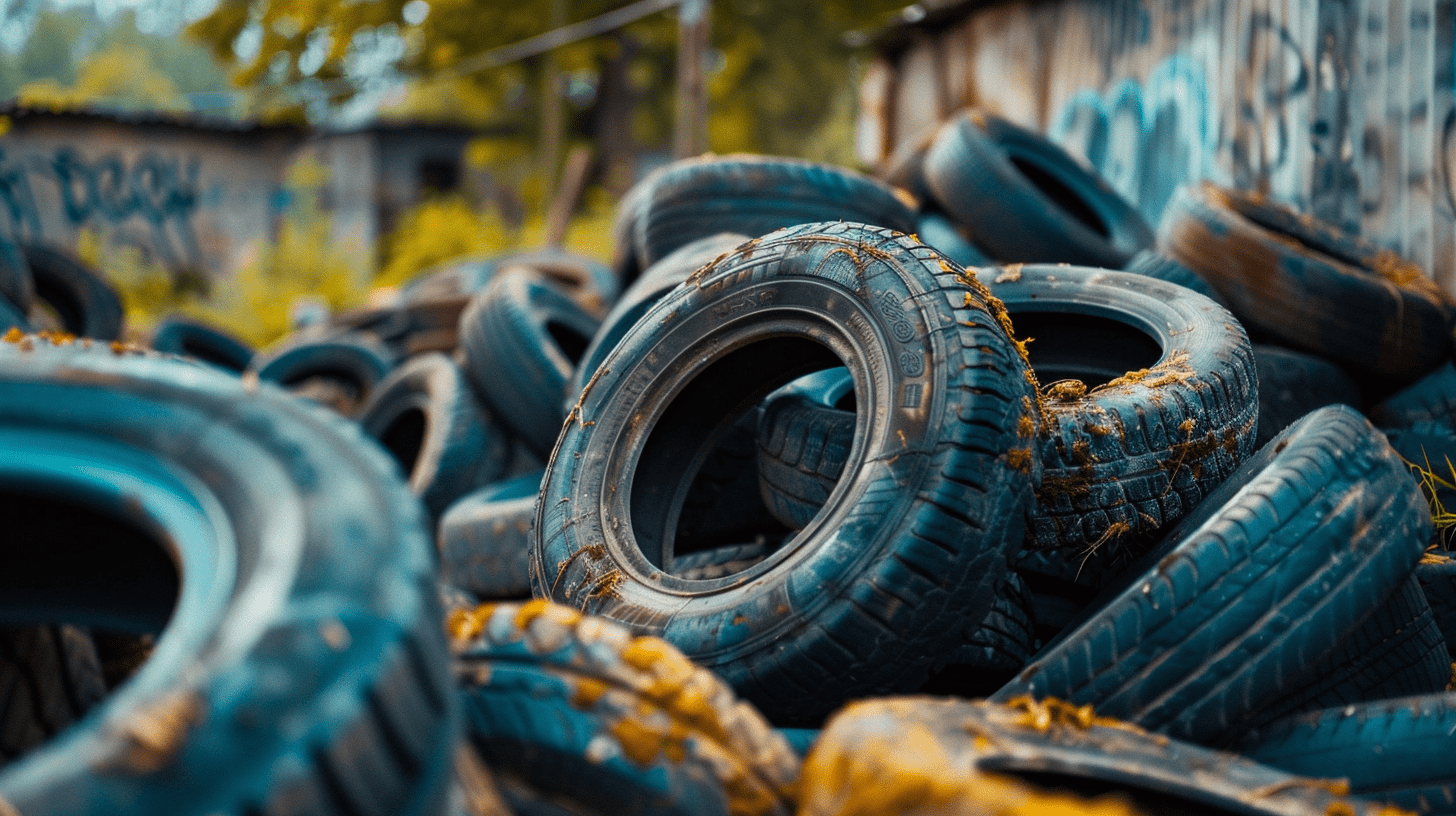The Circular Economy
Learn what the circular economy is, how it reshapes our approach to consumption and waste, and the environmental benefits it offers.

Circular Product Design Principles
Design is one of the most influential elements in shaping a product's environmental impact. In a circular economy, design focuses on reducing waste before it is created. This involves selecting recyclable or biodegradable materials, simplifying product components, and enabling easy repair and reuse.
Modular electronics, for example, allow users to replace individual parts rather than entire devices. In packaging, companies are shifting from mixed materials that are difficult to recycle to single-material designs that are easier to process. Fashion designers are experimenting with fabrics made from natural fibers and avoiding synthetic blends that hinder recycling.
Circular design also considers what happens to a product at the end of its life. Designers use lifecycle assessment tools to measure energy, water use, emissions, and potential waste. The goal is to ensure that the materials can return safely to either the biological or technical cycle.